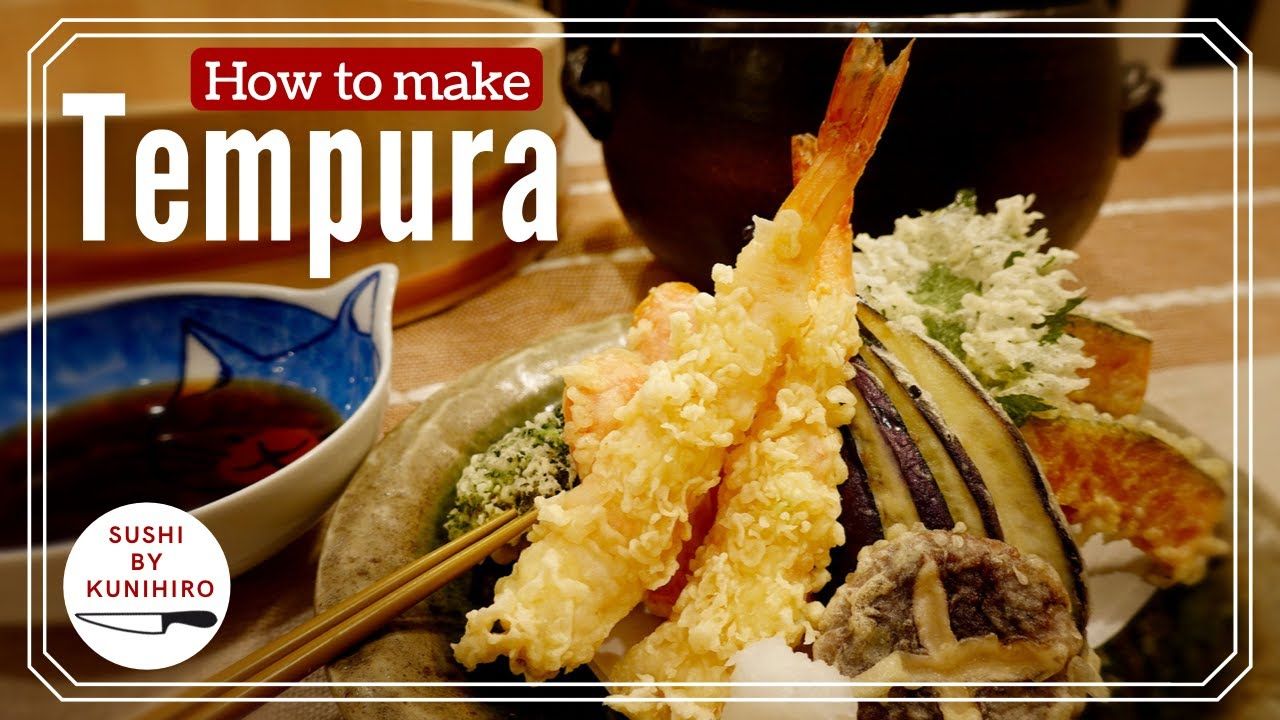In the world of culinary delights, nopales—prickly pear cactus paddles—are an underappreciated gem that brings an intriguing texture and flavor to various dishes. Their distinctively vibrant green color and unique taste intrigue both novice cooks and seasoned chefs alike. Making nopales at home can be a rewarding endeavor that opens up a new realm of culinary possibilities. This comprehensive guide will walk you through the process of preparing nopales, detailing everything from selection to cooking methods, and even suggesting some delectable dishes to explore.
Understanding Nopales: The Basics of Preparation
The first step in your culinary journey is understanding what nopales are. The prickly pear cactus, scientifically known as Opuntia, is native to the Americas and boasts an array of edible components, with the paddles (or “nopales”) being the most commonly consumed. Their texture can vary from crispy to tender, and the taste is often likened to that of green beans or asparagus, with a subtle tang. It is essential to select fresh nopales, which should be firm to the touch and display a vibrant green hue, indicative of freshness.
When handling nopales, it is important to note the presence of tiny, hair-like spines called glochids, which can irritate the skin. Therefore, utilizing gloves or tongs during preparation is advisable. You will need to remove these spines carefully; a sharp knife can be employed to shave them off. Make sure to rinse the paddles under running water after removing the glochids to eliminate any remnants.
Cleaning and Cutting: An Essential Step
Once you have your fresh nopales prepared, the next step is cleaning and cutting them into usable segments. Start by rinsing the paddles thoroughly under cold water to remove any dirt or debris. After the rinsing process, it is time to slice the nopales into strips or diced pieces, depending on your intended use. The typical method is to cut the nopales into approximately one-inch thick strips. This size ensures even cooking and easy incorporation into various dishes.
After cutting, some prefer to parboil the nopales to alleviate their natural sliminess, which can be off-putting to some individuals. Boiling them for five to seven minutes until tender, followed by rinsing in cold water, is an effective method for achieving a more palatable texture without losing the vibrant green color.
Cooking Techniques: From Sautéing to Grilling
With your nopales now clean and cut, the next challenge is deciding how to cook them. Nopales can be prepared using an array of cooking techniques, each offering distinct flavors and textures. Here are a few popular methods:
Sautéing: This method is perhaps the most popular way to prepare nopales. Heat a skillet over medium heat, adding a drizzle of olive oil. Toss the nopales strips into the skillet, cooking until they soften and develop a rich, golden-brown hue—usually about 8 to 10 minutes. You may add ingredients like onions, garlic, or tomatoes to enhance flavor. This technique is ideal for stir-fries, tacos, or as a side dish.
Grilling: For a smoky flavor, grilling nopales is a fantastic option. Brush the paddle sections lightly with oil and place them on a hot grill. Grill for approximately 3-4 minutes on each side until charred and tender. The grilled nopales are excellent in salads or served alongside grilled meats.
Roasting: This cooking method involves spreading chopped nopales on a baking sheet and drizzling with oil, salt, and spices. Roast them in the oven at 400°F for about 20 minutes, stirring occasionally. The resulting dish has an exquisite depth of flavor that pairs perfectly with grains.
Incorporating Nopales into Your Meals: Culinary Inspirations
Now that you have mastered the preparation and cooking techniques, it’s time to explore the culinary potential of nopales. These versatile components can be used in a myriad of dishes that span across cultures, particularly in Mexican cuisine, where they are a staple. Consider these inspiring ideas on how to incorporate nopales into your meals:
Nopal Tacos: A delicious vegetarian taco option entails stuffing corn tortillas with sautéed nopales, avocado, fresh cilantro, and a squeeze of lime. The crunchy texture against the soft tortilla creates a delightful contrast.
Nopal Salad: Combine grilled nopales with tomatoes, onions, and feta cheese for a refreshing salad, seasoned with lime juice and olive oil. The tanginess of the ingredients complements the earthiness of the nopales beautifully.
Nopal Casserole: For a more hearty dish, layer nopales in a baking dish with layers of cheese and tortillas, akin to a lasagna. Bake until everything is bubbling and golden brown for a satisfying meal.
Conclusion: A Celebration of Cactus Cuisine
Engaging with nopales offers not only an opportunity to diversify your culinary repertoire but also to celebrate a unique ingredient that has roots in indigenous culture and cuisine. The versatility of nopales pairs wonderfully with various flavors, providing you with endless opportunities to explore your culinary creativity. So, take a leap into the world of cactus cuisine and discover the delightful textures and flavors that nopales can bring to your meals.





Leave a Comment